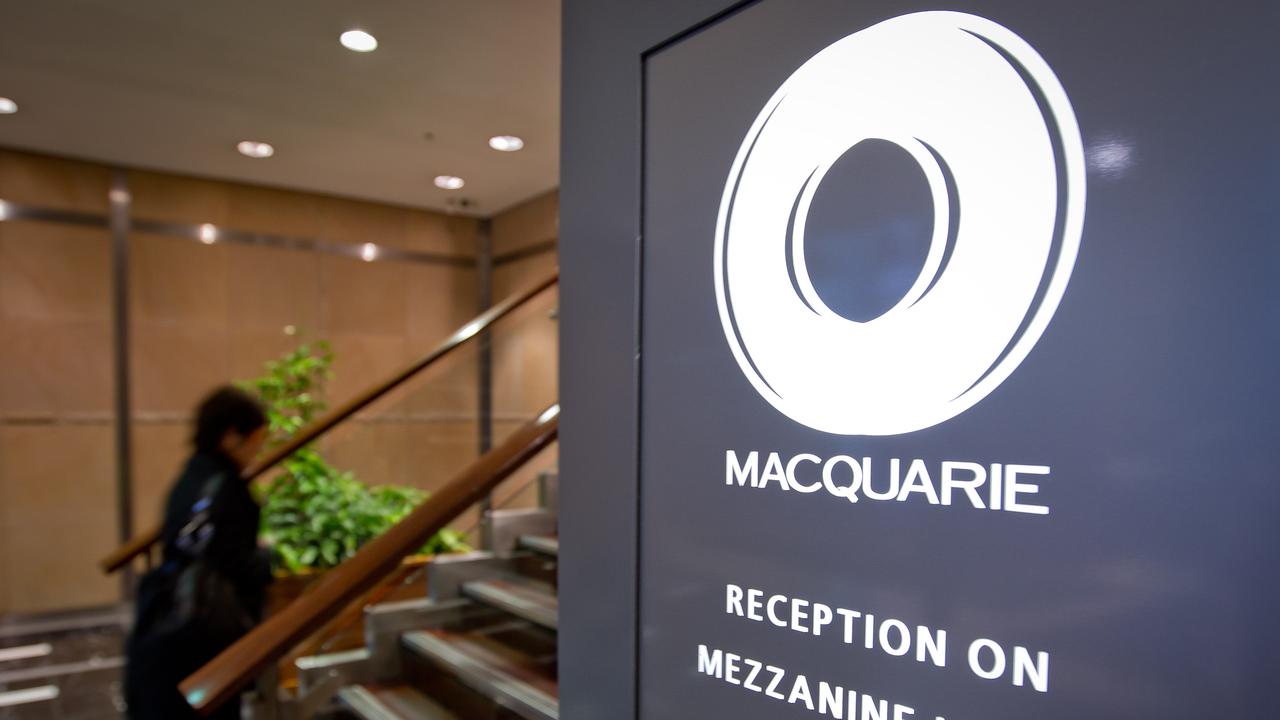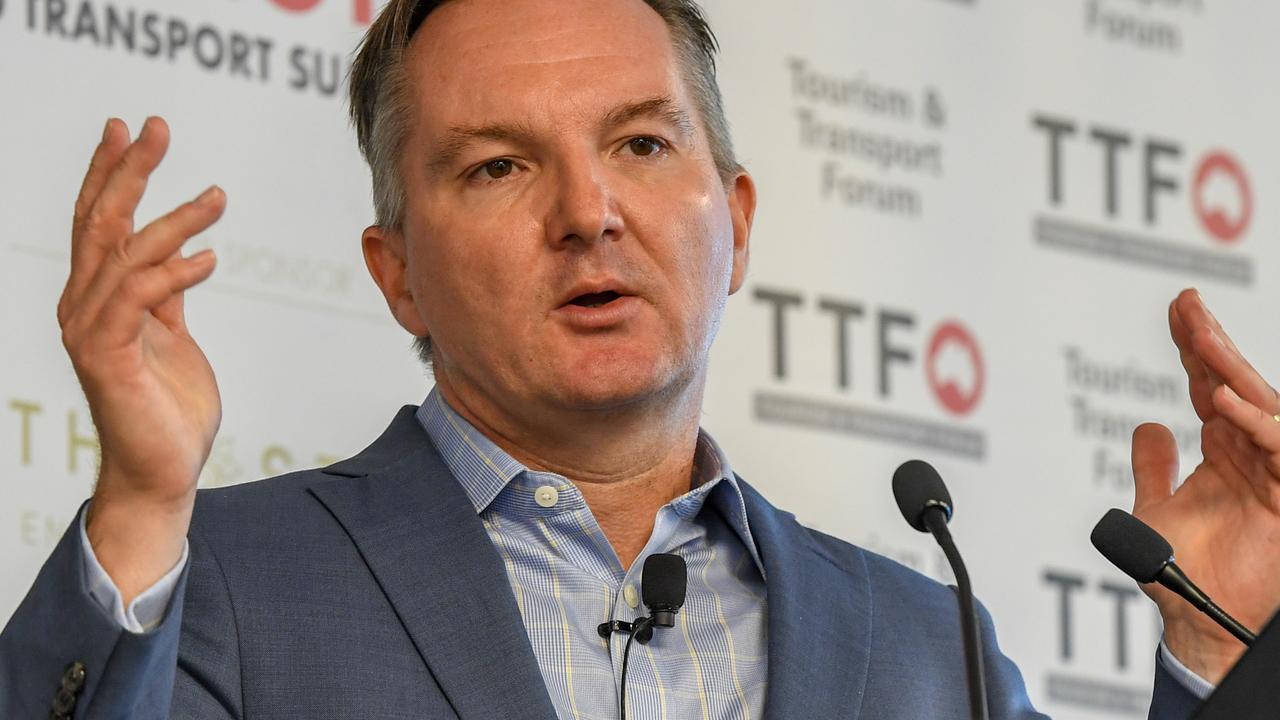
In the US they have decided on a low-cost energy strategy whereas Australia has embraced a high-cost strategy and looks to go a lot higher.
In the US they have decided to slash medical benefits and non-defence government expenditure whereas Australia retains its high-cost Canberra public service, which duplicates much of what takes place in the states and is substantially increasing social service spending.
In the US Wall Street is priced on the basis that the next step in the US will be a substantial rise in economic activity driven by lower taxes funded partly by the measures above, partly by tariff type taxes and a higher deficit.
Our stock market has followed the US higher and the value of our superannuation funds depends to some extent on President Trump delivering on his promise.
Wall Street rose further at the weekend now that the two key planks of the Trump election policy — abolishing Obamacare and exiting the Paris climate agreement — have been fulfilled.
The market believes that leaves the way clear for the tax reductions and infrastructure programs.
Australia’s shares might benefit from the Trump plan but we have nothing like that in the pipeline and indeed in 2017 it is possible that we will break our long record of having no recession.
And the differences go on, but nothing underlines the contrast between Australia and the US more than power prices, which have a huge role in deciding where investment is located and in the wellbeing of populations.
One of the largest manufacturing site selection advisory firms in the US, Biggins Lacy Shapiro & Co, in co-operation with its Asia-based partner firm, Tractus Asia, has found that the US now has huge cost advantages over China — the reverse of the situation two decades ago.
In particular, median electricity prices for industrial loads in China tend to be materially higher than those in the US, depending on which locations are being compared. US electricity prices on average are 34-49 per cent lower than Chinese prices, with point-to-point comparisons varying between a 15 per cent and 70 per cent.
That differential is likely to increase.
Whereas in recent times Australia’s power prices have gone through the roof, in the US they have been stable. Australian power prices are therefore at least twice the level of the US and given the recent jumps may be a lot higher. We are also substantially higher than China and India.
Given that US power costs are also much lower than most parts of Europe the cost advantage plus the lower taxes is making Wall Street very excited.
Of course there are deep problems in the Trump administration so the “road to riches” that Wall Street is anticipating may take longer and have severe bumps.
Back to Australia, and my readers well know that we have done everything wrong and our industrial power consumers and our households are paying a heavy price for the political mistakes.
Now we are set to have a report from the chief scientist on the issues. It looks like he has woken up that renewable energy must have expensive back-up plants like batteries, hydro and gas and that these back-up facilities must be costed into the investment in renewables.
South Australia hit blackouts because this was not done and NSW and Victoria still face that risk because they made the same mistakes as South Australia, although NSW has taken steps to mitigate the risk. Victoria is also taking steps but reckons on hot days the wind will blow whereas on NSW hot days the wind usually does not blow. What an incredible difference to US policy.
The chief scientist appears likely to recommend a pricing structure to cover the increased costs of the required facilities. The higher cost of energy security is to be funded with even higher electricity prices (concealed by artificial arrangements) or via government borrowing allocated to a subsidy.
Our power costs are already way above China and India — let alone the US--- and are set to go much higher. If we borrow to subsidise power costs we will lose our triple-A credit rating and we will be forced to pay higher interest rates.
It is not a pretty picture and I have no doubt that when Rex Tillerson and James Mattis evaluate our defence preparedness they will be stunned at the vandalism that has taken place to our electricity costs and security.
Former Exxon chief Tillerson will be particularly shocked.
They will feel much better when they arrive back in the US.





As US Secretary of State Rex Tillerson and Secretary of Defence James Mattis land in Australia they will find a country that has taken a completely different path to their homeland.